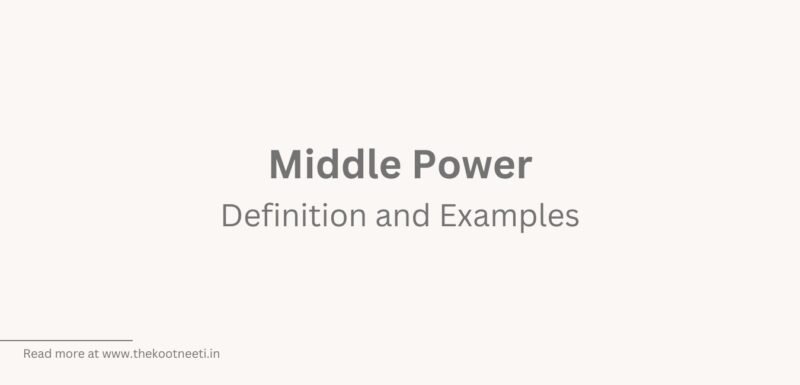Middle Power: Definition and Examples

A middle power in international relations is a country that has a significant influence on global affairs but is not a superpower. Middle powers are typically smaller or medium-sized countries that have a strong economy, a well-developed political system, and a influential international presence.
Middle powers often play an important role in international relations, as they can act as mediators or bridge-builders between larger powers, and can work to promote cooperation and stability in global affairs. They may also use their influence to advocate for the interests and concerns of smaller or weaker countries.
Examples of middle powers in international relations include Canada, Australia, Brazil, and South Korea. These countries have significant economic and political influence, but are not as dominant as the major powers such as the United States, China, or Russia.
Major Powers
Major powers in international relations are countries that have a significant influence on global affairs due to their military, economic, and political strength. Major powers are often considered to be the most influential and influential countries in the international system and can shape the direction of global events and policies.
Examples of major powers in international relations include the United States, China, Russia, and the European Union. These countries have the largest and most influential economies, military forces, and political systems, and play a central role in shaping global events and policies.
Major powers often have significant resources and capabilities, and can use these to shape the international system in various ways, including through military intervention, economic coercion, and diplomatic pressure. They may also play a central role in international organizations and institutions, and may shape the policies and decisions of these organizations.


















